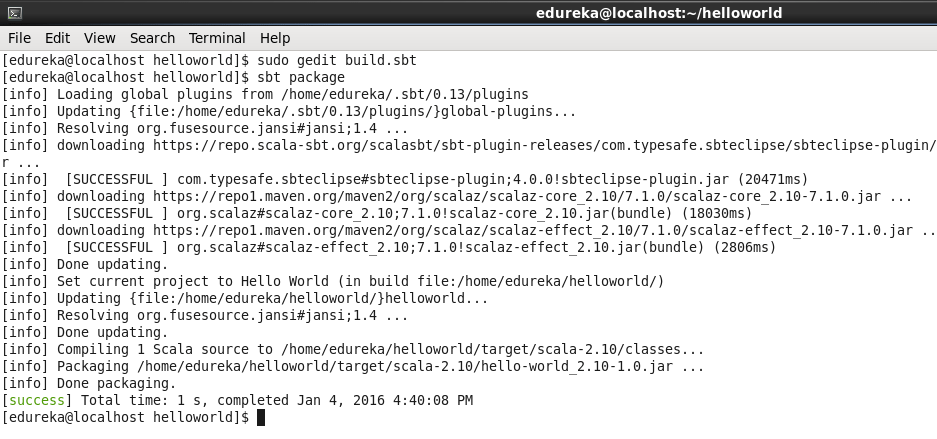
`ijPrepareRun` – it builds your plugin and copies it to proper directory, but does not run ImageJ.The sbt-imagej plugin provides two tasks: It can be used in IntelliJ IDEA, Eclipse, and NetBeans. Those three files: `build.sbt`, `project/settings.sbt`, and `project/build.properties` constitute complete specification of a SBT build project. Though not strictly necessary, it is also recommended specifying which version of SBT you are using, so also add `project/build.properties` with a single line: To let SBT know where to find `SbtImageJ`, you will also need to add `sbt-imagej` declaration to `project/settings.sbt` file:ĪddSbtPlugin("net.sf.ij-plugins" % "sbt-imagej" % "2.0.0") This enables two tasks `ijRun`, `ijPrepareRun`, and a bunch of customization options. The only thing that needs to be added to `build.sbt` is the line containing `enablePlugins(SbtImageJ)`.

LibraryDependencies += "net.imagej" % "ij" % "1.49k" Here is a complete example of SBT build file (`build.sbt`) that can build, setup, and run ImageJ project: Using the sbt-imagej plugin is as simple as declaring and enabling it in your build. The idea was to have tool that is easy to setup that works in most cases with ability to customize, if needed. Since SBT plugins are relatively easy to create, I decided to write one for development of ImageJ plugins, called sbt-imagej. I was just copying and pasting configuration to new projects. The setup for preparing ImageJ for testing a plugin was quite similar. In the past I creating a couple of ImageJ plugins project in SBT. It is much simpler than Ant or Maven, in a way it is similar to Gradle. It is works with Scala, Java, and other languages. It is handy to have a tool that does all the work, even better if it integrates with your IDE of choice. You just need to copy your plugin jars there every time you build you project and run ImageJ. Good thing is that you can run ImageJ from you project pointing a custom runtime directory you create. The annoyance is that you have to package the plugin you are working on into a jar and then copy it, and possibly also all dependencies, to ImageJ `plugins` directory. Then searches the `plugins` directory (or its direct subdirectories) for jars and other files containing plugins. It looks into its runtime directory for subdirectory called `plugins`. This is due to the way ImageJ discovers plugins and dependencies. Though, one annoyance comes when you want to run/debug your plugin from within ImageJ.

Packaged plugins can be written in Java, Scala, or other JVM languages.ĭeveloping ImageJ plugins is quite simple. They can depend on external libraries or other plugins.
#Sbt install eclipse plugin code#
Complex ones built from thousands lines of code a packaged in a Java jar with a special manifest.

Simple plugins are just a couple lines of macro code in a text file. One of its killer features is the ability to be extended by adding plugins. ImageJ is open source image processing and analysis software.


 0 kommentar(er)
0 kommentar(er)
